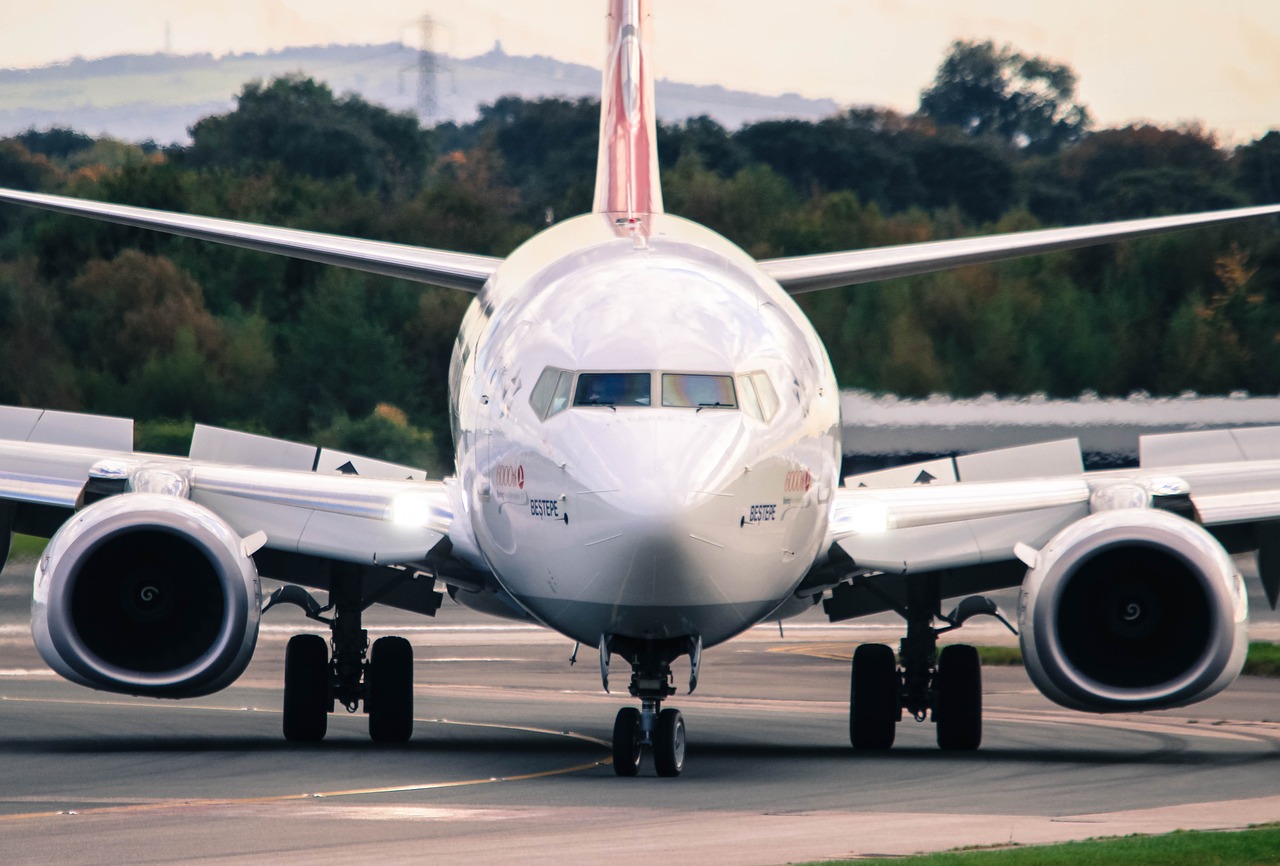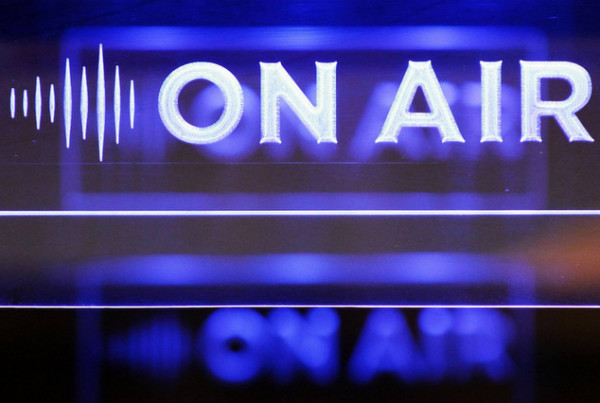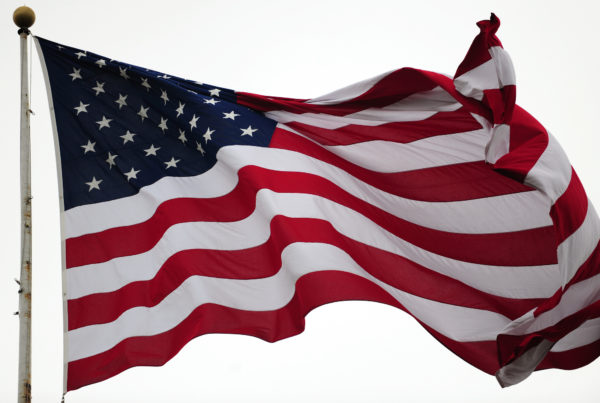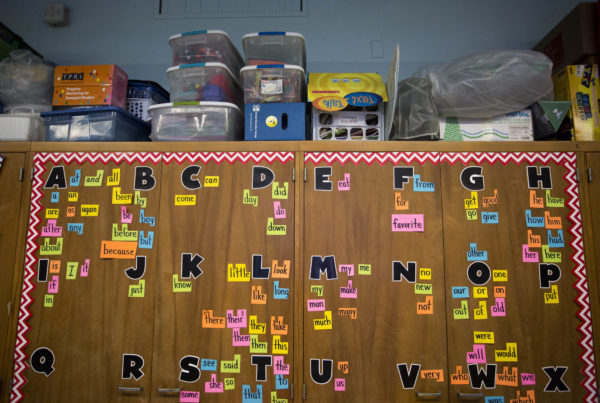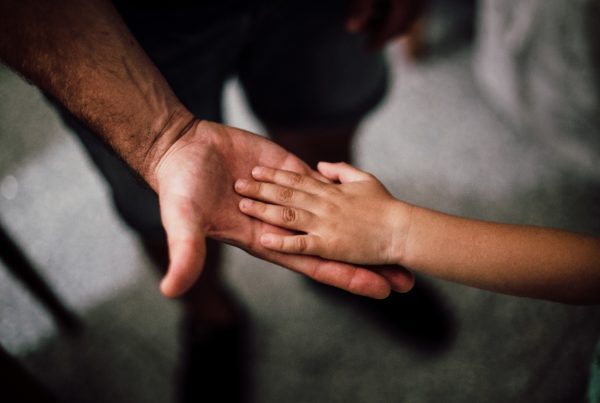Pilots of Boeing’s 737 Max 8, the model of plane involved in Sunday’s Ethiopian Airlines crash, have been voicing concerns to federal authorities about the model for several months, according to an investigative report published by The Dallas Morning News Tuesday.
Cary Aspinwall, one of the reporters who worked on the story, says pilots and other crew members registered complaints with the Aviation Safety Reporting System, a database independently maintained by NASA. But she says the incident reports were missing some details.
“The name of the pilot, the airline, the city, the actual date – all of that is stripped out,” Aspinwall says. “So we know month, we know type of plane, we know whatever the pilot reported, but we don’t know [the airline].”
Aspinwall says reports referencing the Boeing 737 Max 8 specifically centered around a new system, unique to this model, that corrects the plane’s nose if its angle is too high while the plane gains altitude.
“The pilots said there was something about the system that surprised them, or [that] they weren’t trained on properly, or weren’t aware of, or it didn’t function like they thought it would,” Aspinwall says. “That was mentioned in several of the complaints we found.”
After the Lion Air Flight 610 crash in Indonesia last fall, Aspinwall says there was an outcry from pilots who said there were no instructions for how to operate the new system in the plane manuals. The Federal Aviation Administration, or FAA, then issued an emergency directive that required an update to the manual. But Aspinwall says one of the complaints in the database asked if that update was enough.
“The complaint in this database called it possibly ‘criminally insufficient’ that they had put this manual out without proper information,” Aspinwall says.
The database for pilots to file complaints is independently managed so workers can report incidents without fear of repercussion. But the FAA says it checks the database and reviews all reports of safety concerns.
“They didn’t say specifically whether they had addressed these [complaints],” Aspinwall says. “They wouldn’t tell us that. But they did say they had reviewed safety concerns and they still feel the plane is safe to fly.”
Written by Sara Schleede.


